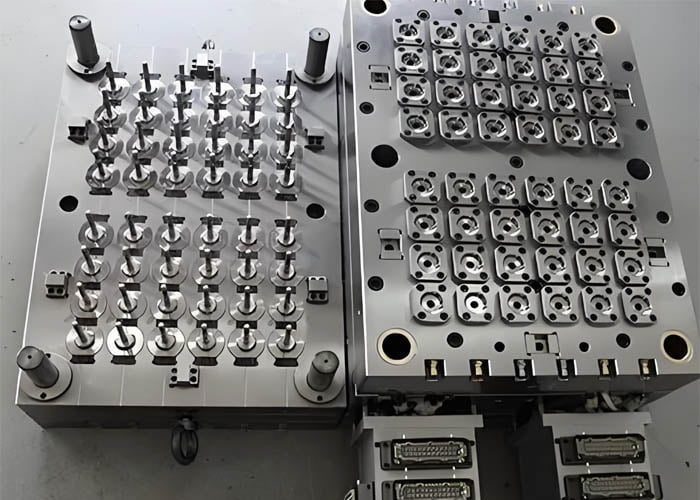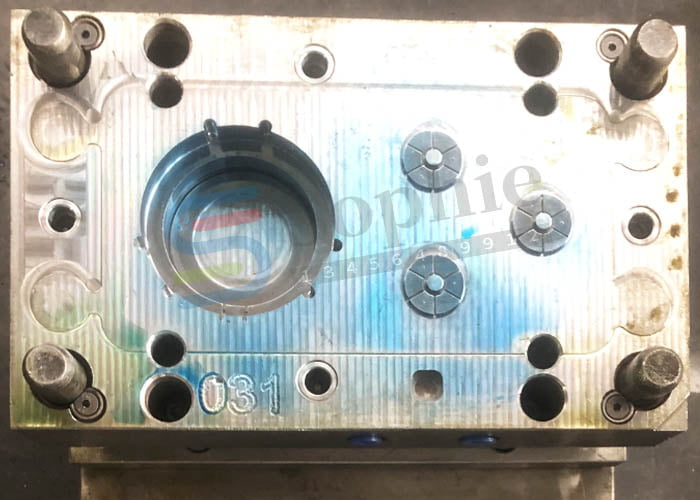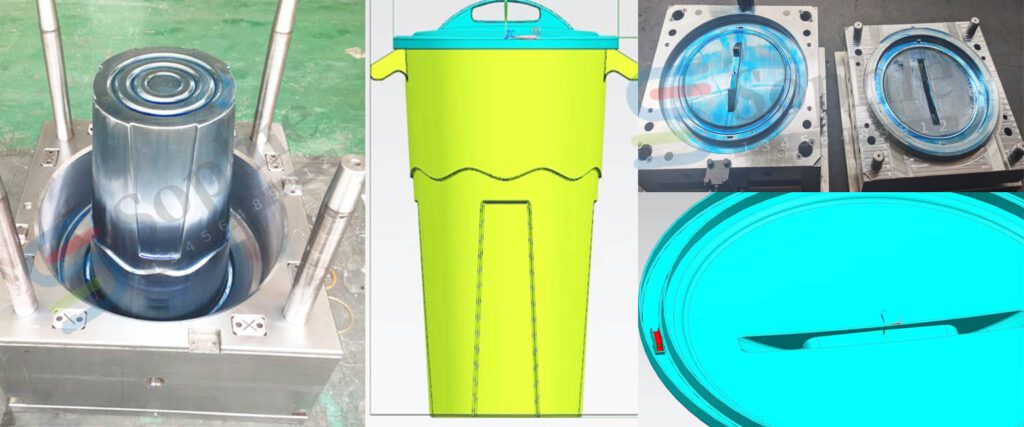Key Differences: Multi-Cavity vs. Family Injection Molds
Injection molds are indispensable tools in the manufacturing industry, and they play a key role in producing plastic parts. In the world of injection molds, there are two common types: Multi-Cavity Injection Molds and Family Injection Molds. Although they are both used to produce multiple parts by injection molding, they have significant differences in design, functionality, and application.
Table of Contents
ToggleMulti-Cavity Injection Molds:Synonymous with efficiency
A multi-cavity injection mold is a mold that contains multiple cavities in a single mold, each of which is capable of independently producing a part. This type of mold is ideal for high-volume production because it can manufacture multiple identical parts at the same time,such as mobile phone case, plastic bottle caps, etc.
Advantages of Multi-Cavity Injection Molds
- High efficiency: Since multiple parts can be produced simultaneously, production efficiency is significantly improved.
- Cost-effectiveness: In high-volume production, multi-cavity molds can reduce the cost of each part.
- Consistency: All parts are produced under the same conditions, ensuring part consistency.
Disadvantages of Multi-Cavity Injection Molds
- Design limitations: Complex parts may not be produced due to mold space limitations.
- Maintenance costs: As the number of cavities increases, the cost of maintenance and repairs also increases.


Family injection molds:embodiment of flexibility
Family injection molds produce multiple different parts in the same mold, usually used to produce a series of related products or components. The design of this mold allows manufacturers to produce a variety of products in the same production cycle.
Advantages of Family injection molds
- Production flexibility: can quickly switch to produce different parts to adapt to changes in market demand.
- Space utilization: optimize mold space, reduce material waste, and improve material utilization.
- Fast iteration: facilitate rapid design changes and production of new products, accelerating product development cycles.
Disadvantages of Family injection molds
- Production efficiency: Family molds may have lower production efficiency compared to multi-cavity molds.
- Design complexity: The design and manufacturing process are more complex, which may lead to increased costs.


Application scenario analysis
Multi-cavity injection molds are often used to produce large quantities of standardized parts, such as plastic bottle caps, toy parts, or housings for electronic devices. They are particularly popular in the automotive parts, medical device, and packaging industries.
In contrast, family injection molds are suitable for producing a family of related products, such as a set of screws of different sizes, plastic containers of different shapes, or housings for a range of electronic products. They are very popular in industries such as home appliances, consumer electronics, and toy manufacturing.
Design and Manufacturing Considerations
When choosing a multi-cavity or family injection mold, manufacturers need to consider the following factors:
- Mold material: Different materials affect the performance, durability and cost of the mold.
- Design software: Modern CAD/CAM software can improve the accuracy and efficiency of mold design.
- Manufacturing process: The use of lean production and automation technology can optimize the manufacturing process and improve production efficiency.
Cost and benefit analysis
The initial investment in multi-cavity injection molds may be higher, but due to their high production efficiency, they can lead to significant cost savings in the long term. Although family injection molds may be more expensive to design and manufacture, their flexibility and ability to iterate quickly can give manufacturers a competitive advantage.
Multi-cavity injection molds and family injection molds each have their own merits, and which one to choose depends on the manufacturer’s specific needs. If production needs are high efficiency and cost-effectiveness, multi-cavity injection molds may be a better choice. If flexibility and quick response to market changes are required, a family injection mold may be more suitable.
Manufacturers should comprehensively consider mold selection based on their own production scale, product diversity and market strategies. By developing a deep understanding of the characteristics and limitations of each mold, manufacturers can optimize the production process and ensure the quality of the final product.


